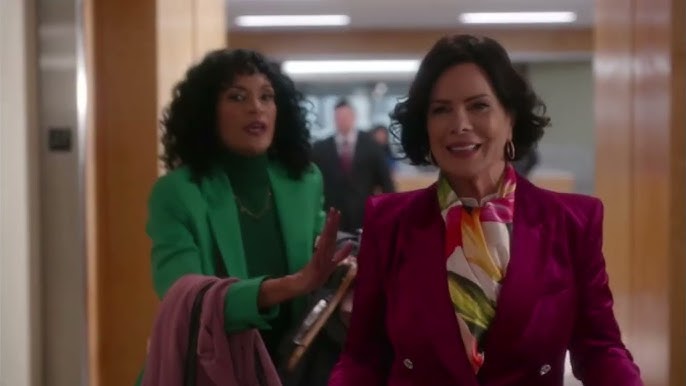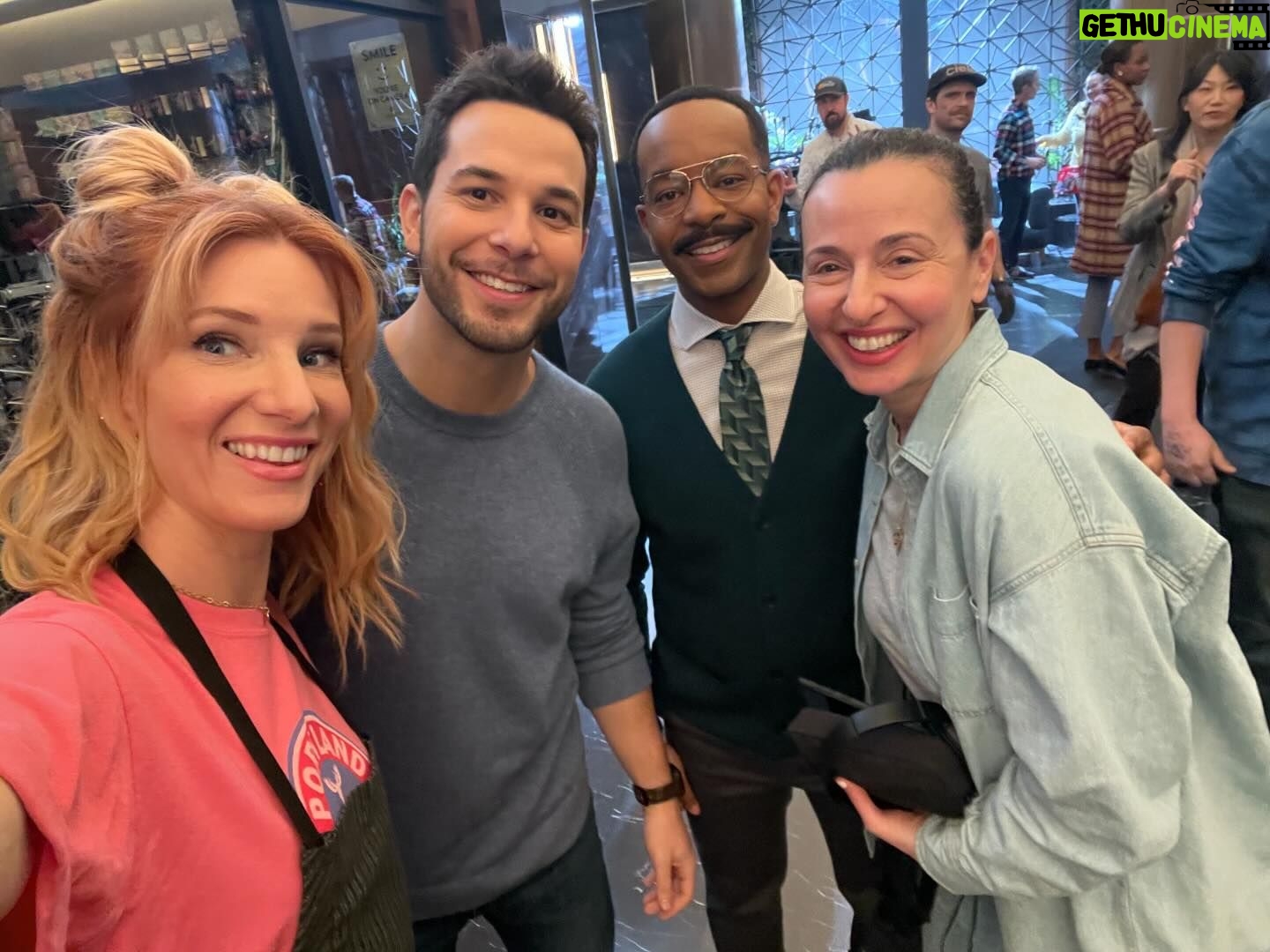
In recent years, the representation of queer characters on television has evolved dramatically. Where once queer roles were defined by narrow, often limiting stereotypes, shows like So Help Me Todd are beginning to redefine what it means to be part of the LGBTQ+ community. Matthew Wilkas, an actor known for his nuanced portrayals of queer characters, plays a significant role in this transformation. His involvement in So Help Me Todd has become a beacon for breaking down gay labels and challenging the stereotypes that have long plagued queer representation in media.

Matthew Wilkas: A Trailblazer for LGBTQ+ Roles
Matthew Wilkas is no stranger to the world of LGBTQ+ roles, but what sets him apart is his ability to portray characters that transcend the typical, often reductive labels associated with gay men. In So Help Me Todd, Wilkas steps into the role of a character who isn’t defined by his sexual orientation—he’s simply a person with his own complexities and contradictions. This approach marks a significant departure from the traditional portrayal of queer characters in TV shows.
The Evolution of Queer Representation in Television
From Stereotypes to Authenticity
Television has come a long way from its days of caricaturing LGBTQ+ individuals. In the past, queer characters were often depicted in one-dimensional ways: the flamboyant gay best friend, the tragic closeted man, or the sexually promiscuous individual. While these characters served a role, they did little to represent the full spectrum of queer experiences.
But now, shows like So Help Me Todd are offering a more rounded and humanized portrayal. Matthew Wilkas’ role represents a new wave of queer characters who are not defined by stereotypes, but by their actions, values, and relationships.
The Importance of Nuanced Characters in ‘So Help Me Todd’
Character Development: More Than Just the Label
One of the standout features of So Help Me Todd is its focus on character depth and complexity. Wilkas’ character is not merely a gay man existing in a heteronormative world; he is a fully developed individual whose story arcs are centered around personal growth, professional challenges, and interpersonal relationships. This complexity challenges the notion that queer characters are simply defined by their sexuality, encouraging viewers to see them as fully fleshed-out individuals.
Navigating the Work-Life Balance as a Queer Character
In So Help Me Todd, Wilkas’ character faces the challenges of navigating his personal and professional lives. His storylines are about more than just relationships—they explore themes of ambition, loyalty, and identity, issues that everyone can relate to. This nuanced portrayal helps erase the box that often confines queer characters to a limited narrative.
Breaking Gay Labels: No More “Token Gay” Characters
The Impact of Moving Beyond Stereotypes
By stepping away from the “token gay” character trope, So Help Me Todd is breaking free from the limitations that TV shows once imposed on queer characters. Rather than existing as the comic relief or the dramatic subplot, Wilkas’ character occupies a central role in the storyline. His queerness is not the defining feature of his identity, but rather an aspect of his full, multifaceted persona.
Subverting Expectations: Queer Characters as Leaders

In this show, queer characters are not relegated to supporting roles or stereotypes. They are allowed to take center stage, drive the plot, and display leadership and strength. Matthew Wilkas’ character stands as a powerful symbol of this shift—he’s not just someone defined by his sexual orientation, but someone with depth, power, and influence within the narrative.
How ‘So Help Me Todd’ Redefines Queer Identity on Screen
A Broader Representation of Queerness
One of the critical aspects of Wilkas’ role in So Help Me Todd is that his character’s queerness is presented without fanfare. There’s no big coming-out scene or dramatic revelation. Instead, his sexuality is simply acknowledged as part of who he is—one of many qualities that make him a whole person. This shift away from sensationalism reflects the broader changes in how LGBTQ+ individuals are portrayed in the media.
The Rejection of a “One-Size-Fits-All” Queer Identity
Not every gay character needs to fit into the same mold. Wilkas’ character is not meant to represent every gay person, but instead a specific, yet relatable, human experience. This shift reflects the diversity of the LGBTQ+ community and rejects the idea that queer identity can be neatly packaged or stereotypically defined.
The Future of Queer Representation in TV Shows
More Stories, More Dimensions
The success of shows like So Help Me Todd signals a promising future for queer representation in television. As more shows move away from stereotypical portrayals, the doors open for a more inclusive and accurate representation of queer lives. The LGBTQ+ community is diverse, and TV is beginning to mirror that diversity with increasing authenticity.
Why Diverse Queer Representation Matters
Diverse representation is essential for both the LGBTQ+ community and society at large. Seeing queer characters in various roles—whether it’s a leader, a lawyer, a scientist, or a parent—helps normalize queer identities and validates the experiences of individuals who may not have previously seen themselves represented on screen.
Matthew Wilkas and the Importance of Visibility
Breaking Through the Glass Ceiling
Matthew Wilkas has proven that LGBTQ+ characters can be more than just sidekicks or plot devices—they can be powerful, influential, and full of depth. His career and the roles he chooses reflect a commitment to breaking through the glass ceiling and pushing for authentic representation in the media.
Why Representation Can Change Lives
For LGBTQ+ individuals, seeing characters like those in So Help Me Todd can be transformative. It’s not just about having someone to look up to; it’s about feeling seen, heard, and understood. Visibility plays a significant role in building self-confidence and combating the isolation that many queer individuals experience.
Conclusion: Paving the Way for a New Era in Queer Representation

Matthew Wilkas’ role in So Help Me Todd is just one example of how television is evolving to represent the full spectrum of human experiences. By breaking away from stereotypes and embracing complexity, shows like So Help Me Todd are helping to shift the narrative around queer identities. Through authentic storytelling and nuanced characters, we can expect to see more queer characters who are defined by their actions and not just their sexual orientation. As this trend continues, queer representation in television will become more diverse, relatable, and impactful than ever before.
